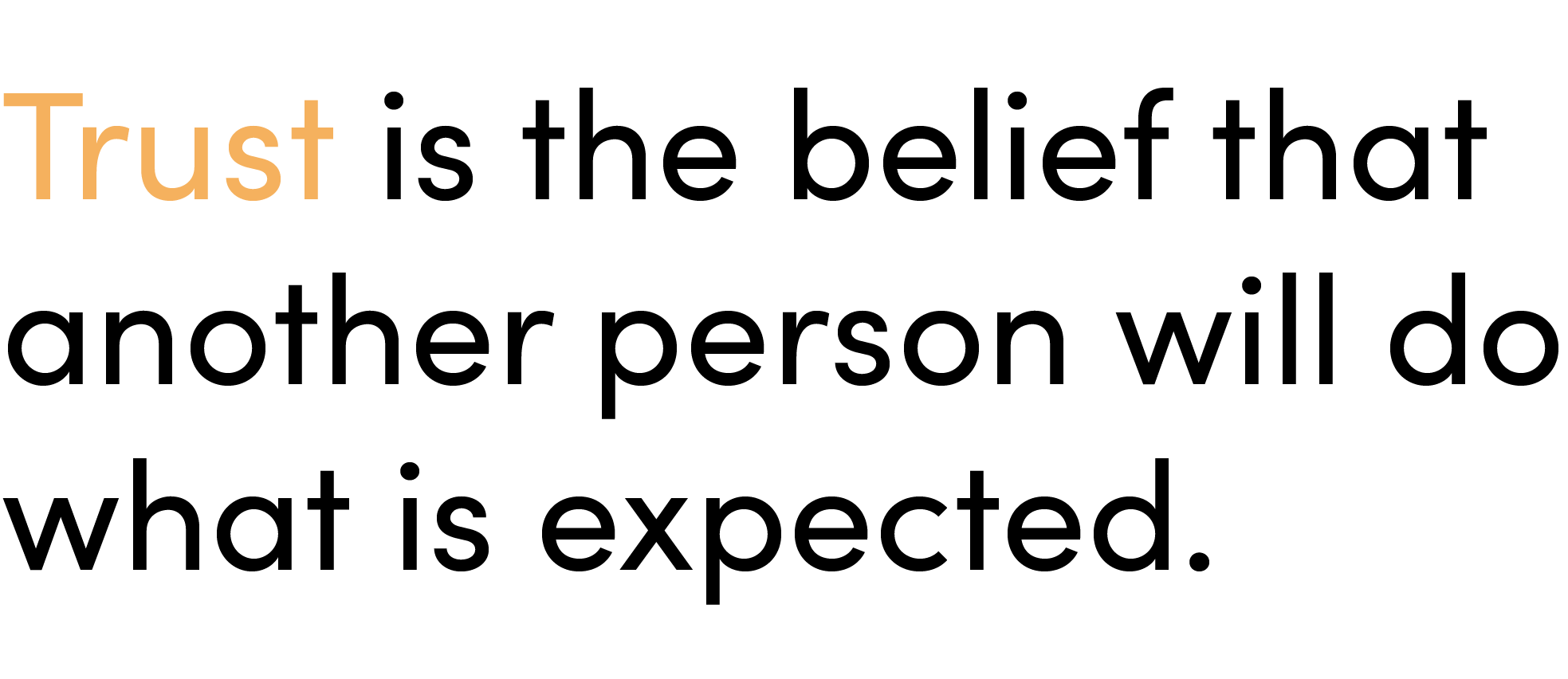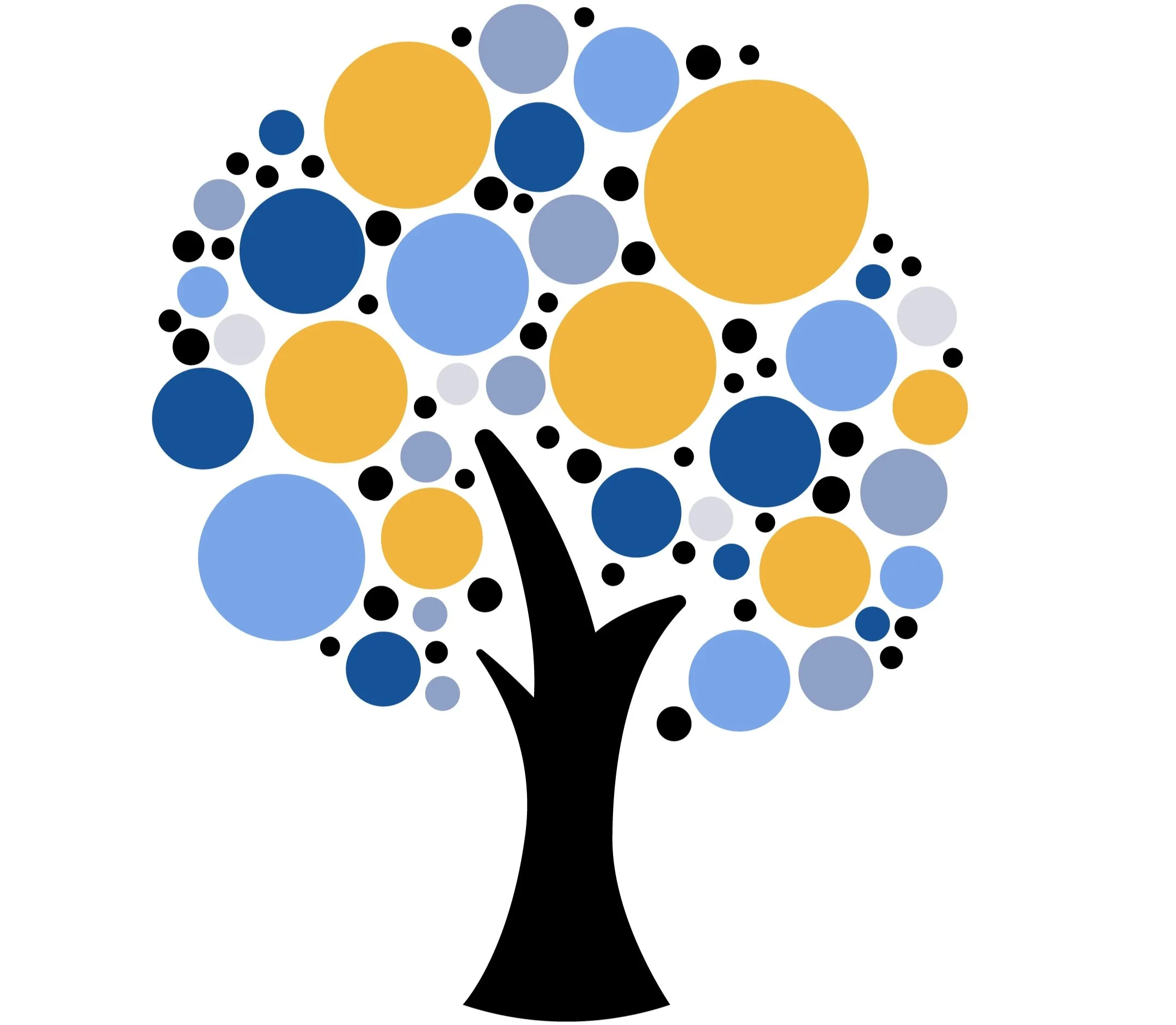Welcome to the Trust Era
It brings with it a willingness for one party, the trustor, to become vulnerable to another party, the trustee, on the presumption that the trustee will act in ways that benefit the trustor.
The acts to gain trust are ones of benevolence, reliability, competence, honesty and openness. These values seem jarring and almost old-fashioned in a world where we have trouble discerning what truth is and who to trust … in a world where truth and trust seem to be waning.
We are at a moment of transition, and driving the change are privacy laws and the power of AI. These macro disruptors are driving the transformation in how companies grow, and how brands are built. “Big Tech” has lost its innocence, governments have forgotten who they serve and how to craft legislation for our current times, and 95% of companies feel that their businesses can’t keep up with the pace of change.
We are shifting from a period of “Renting Growth” from Google, Meta and Influencers to “Owning Growth” through personal relationships that increase trust and loyalty. We are entering The Trust Era.
So why are we here? How did we get here? How do we stay here?
Moving on from “The People Era”
We’re moving from the people era. Ever since Al Gore invented the internet in 1989 (ha ha), we have been living with a miracle of technology. Dial up services, email, instant messaging and a web browser all became essential in daily lives.
The worldwide web debuted in 1991, bringing the world’s information to your fingertips. The Digital Age emerged, and .com companies jumped on the opportunity, went boom and then bust. The world got smaller, more connected and opportunity more democratized. Friendster Korea released in 2002, and the socially awkward rejoiced. Myspace joined the scene in 2003, and profile glitter and social cool became a thing. Facebook launched in 2004, with stories of corporate espionage and thievery emanating from the Ivy walls of Cambridge, Massachusetts. The People Era was born.
People could participate and profit from telling Brand Stories. Dialogue was no longer top down and one way. The internet became increasing social.
Apple monetized by creating the App store, where people could not only develop specific web applications that served specific needs; they could monetize them. Gone were the days of internet .com sites serving as brochures for a company’s locations, products and services. Investment monies entered and a full ecosystem of Silicon Valley-led innovations followed.
We could now socialize freely across the www, and it started to feel like the Wild Wild West instead of the worldwide web. Our neighborhoods became echo chambers with people with shared beliefs. False information became a global currency. It was a time of limited regulation, privacy and control. People shifted from the anonymity of their homes to become global keyboard warriors, YouTube stars and Influencers of pop culture. Companies struggled to keep pace and understand their role other than creating effective products.
As a result of this environment, I developed the HumanKind Marketing effectiveness philosophy for Leo Burnett in 2005. At that moment in time, we were all just making sense of social platforms, and the shift in influence from brands to people. We were ushering in The People Era, an era of populism and participation. It was a tectonic shift, the socialization of the internet, and it produced both good and bad things. It may be an oversimplification of the upheaval that was at hand, but brands needed to evolve from speaking to the masses to letting others participate in the telling of their stories. Companies were shifting from selling a product to serving a purpose, delivering acts of kindness and understanding a broader role as “Citizen Brands.”
Shift from Atoms to Bits: “The Data Era”
Tech-forward companies realized early that the power of participation was less about storytelling and more about the monetization of data to harness the power of a purpose-led growth platform. Human behavior, once discovered via focus groups, was now available by following people around the internet. We now knew what people were actually doing versus asking people what they would do for $100 bucks, or what they did do via things like Nielsen panel data or MRI. People had shifted from atoms to bits of data that were available at auction. A human behavior auction. The key was keeping people in the ecosystem. Google. Apple. General Motors. Visa. Netflix, all monetizing data. A new gold rush brought to you by people increasingly addicted to screens, social platforms, pornography, politics.
You name it there is a community for you to be connected to and participate in with each waking moment. And your bits were for sale to companies looking to sell products to people that look like you; we called it look-alike modelling.
So, we rented to the chance to connect with you. You bought our products. The walled gardens created reasonable CPMs and the world moved forward. Until it didn’t.
Close to twenty years later, we are experiencing another massive disruption.
New privacy laws are increasing the cost of media in our “cookie free” future that is rumored to be coming soon. All forms of AI are automating the business world, helping us to deliver faster insights, generate content, personalize messages, enhance customer service, and help us to laser-target dynamic advertising. We are moving to one-to-one communications, personal relationships and a financial understanding of the lifetime value (LTV) of a customer. It’s back to the future. A cost-effective direct marketing approach powered by processing speed, AI innovation, automation and the ability to build brand ecosystems that serve people in return for their business.
We are moving to a moment where the winners of trust will own the future, harnessing talent and technology to build modern marketing machines that serve. Marketing will be a service provided in return for purchase.
Leading The Trust Era
If we learned anything from the first wave of Ecosystem Brands, it’s that data within walled gardens is of huge value. If you understand the purpose of your product, for example, Google for search, Facebook for connection, Apple for creation, Nike for self-actualization, and created products and services that delivered experiences that fulfilled this purpose you could deliver massive growth and profit. These lessons can be applied to any business.
If you are one of the 95% of companies that believe change is moving more quickly than your business’ ability to transform, we have some seriously good news, you can win in The Trust Era.
Marketing as a Service: Focus investment on building trusting relationships, not technology improvements.
Build a Platform for Growth: Commit to the development of products and services that provide a clear and committed growth plan.
Differentiate Experience: Develop a platform idea and story to demonstrate collective purpose and guide experience.
Become an Ecosystem Brand: Build multiple service interfaces. Website, omni channel ecommerce, employer brand, key retail media, brick and mortar, optimize all in service of building relationships that drive growth.
Sharpen Your Purpose: Hone the role your product or service plays and the difference you make in people’s lives. Extend further to grow via new products and services via Flywheel Effect.
Activate Purpose Through Experience: Ensure all experiences demonstrate conviction and deliver intended purpose within ecosystem.
Practice Performance Branding: Combine the emotional connection of branding with the conversions of performance marketing across all experiences to build trusting relationships that lead growth.
Owned Relationships: Move from renting data and influence, to creating proprietary ecosystem experiences that serve the brand and the people who buy it.
Lifetime Value: Understand what a customer means to your business through data. Find more people like them, bring them into ecosystem and convert.
10% Growth Fund: Take 10% of the budget for focused experimentation and continue to optimize that growth plan.
Organize for Growth: Find the balance of personalization at scale and in personal relationships through a blend of talented, capable people and technology to build relationships and drive growth.
When all of these work together, you begin working in a purpose-led approach to business growth.
Optimism in Motion
Our only constant in marketing and selling products is change. The accelerated pace of change can create fear and paralysis. Building a framework that senses the market and then makes the market is how we maintain sanity. It’s how you can become one of the 5% of business leaders that is not only keeping pace with change but leading the change necessary to grow.
In a world where trust is in short supply, lean into trust. Build trusting relationships. Leverage energy to create motion. Build a Performance Brand and watch your company grow.
We hope this helps to make sense of the challenges we all face today. It’s our effort to channel optimism and energy into forward motion for the people and companies we serve.
About Pat Goggin
Pat is Partner/CSO at Morning Walk and can be seen wandering the city of Chicago wondering how we can do better. He is the originator of Leo Burnett’s HumanKind marketing philosophy, Morning Walk’s experience journey “Truth to Transactions,” and is now guiding the development of Performance Branding Ecosystems. His mantra is “head in the clouds, feet on the ground.” By day he’s bringing big ideas and strategic insights to MW’s vast roster of brands, and by night he’s keeping up with his wife and three busy kids.







